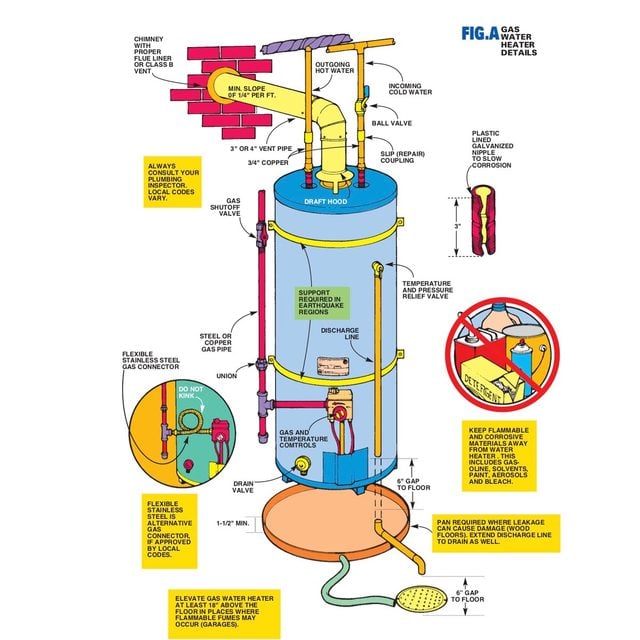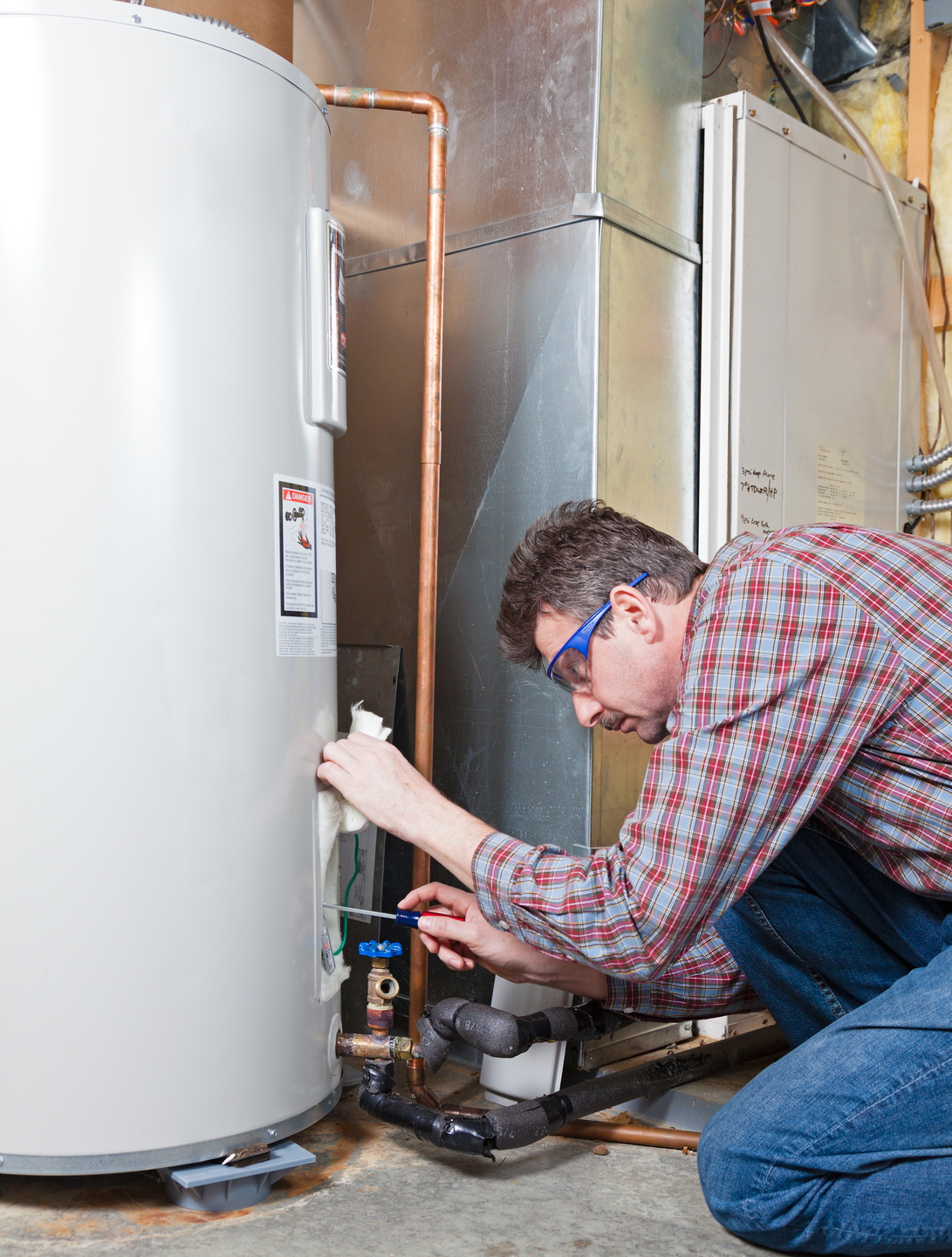On-time water heater installation in Buena Park with customer satisfaction
Wiki Article
Do It Yourself Water Heating System Installment: Essential Actions for Success
When considering a do it yourself hot water heater setup, it is vital to come close to the task with a systematic attitude, as the process entails numerous important steps that can substantially affect both security and efficiency. Selecting the suitable hot water heater for your certain requirements is simply the beginning; preparing the installment area and recognizing the necessary tools and materials are just as crucial. As we discover the methodical strategy to setup, it becomes apparent that neglecting any detail might cause difficulties down the line. Are you prepared to navigate the intricacies of this home improvement task?Selecting the Right Water Heating Unit
When picking a water heater, it is necessary to think about several crucial aspects to make sure optimal performance and efficiency - water heater installation Yorba Linda. Firstly, review the type of water heater that best fits your requirements. Choices include tankless, tank, and warm pump hot water heater, each offering unique benefits in regards to energy performance and room needsFollowing, examine the capacity needed for your house. A bigger family members might need an unit with a greater gallon capacity or a tankless system that can give continuous warm water. It's also crucial to take into consideration the energy source; usual options include electric, gas, and gas. Each power kind has implications for installment costs and long-lasting energy expenditures.
Power performance is an additional essential element. By carefully examining these variables, you can pick a water heater that straightens with your household's specific needs, ensuring convenience and performance for years to come.
Devices and Products Needed
Successfully installing a water heating unit needs not just the right selection of device yet likewise the appropriate tools and products. Prior to starting your do it yourself job, guarantee you have a detailed checklist of products to facilitate a smooth setup procedure.
Necessary devices consist of a pipeline wrench, adjustable pliers, and a screwdriver collection (both flathead and Phillips), which will certainly assist you manage numerous fittings and connections. Additionally, a drill with proper little bits is needed for mounting brackets or making any kind of needed openings. For safety, a voltage tester is important, specifically when taking care of electrical water heating systems.
As for materials, obtain Teflon tape to make sure leak-proof links on threaded fittings. You will certainly also need an adaptable water system line, which can be either braided stainless steel or PVC, depending upon your preferences and neighborhood codes. Do not forget to stockpile on installations, such as arm joints and couplings, to link the pipes safely. A frying pan or drip tray can assist manage any type of prospective leakages, providing an added layer of security. By gathering these devices and materials beforehand, you set the phase for a successful hot water heater setup.
Planning For Installment
Before beginning the installation of your hot water heater, it is important to examine the setup site to guarantee it satisfies all required requirements. Beginning by verifying that the location is well-ventilated, especially for gas water heaters, to stop the accumulation of harmful gases. Examine Check This Out for the availability of needed links, including water lines and electrical outlets, ensuring they are in good problem and correctly situated.
Furthermore, evaluate the existing pipes and electrical systems to figure out if upgrades or repair services are required prior to installation. This aggressive technique not just guarantees conformity with regional building regulations yet additionally boosts the longevity and performance of the hot water heater. Finally, collect all needed permits, if needed, to avoid lawful difficulties later. Proper preparation establishes the phase for a smooth installation process and assists stop unforeseen issues.
Step-by-Step Installation Refine
With the prep work complete and all required assessments performed, the following phase involves the step-by-step setup of your water heating system. For tank-type water heating systems, connect the chilly water supply line to the inlet, typically marked in blue, and the warm water line to the outlet, generally marked in red.Following, protect the temperature level and pressure relief shutoff, which is essential for safety and security. Connect the discharge pipe to this shutoff, directing it in the direction of the flooring or an appropriate drain location. For electric designs, attach the power supply by stripping the cords and securing them to the heating system's terminals according to the manufacturer's directions.
If you are installing a gas hot water heater, make certain the gas line is connected effectively and look for leakages utilizing a soap service. Links are made, fill the container with water prior to transforming on the power or gas supply. Enable the water heater to get to the preferred temperature and check for any leaks around all connections.
Ensuring Security and Performance
On a regular basis guaranteeing security and performance throughout the installation and procedure of your water heating system is crucial for ideal efficiency and useful content durability. Begin by picking a suitable area that abides by local building regulations and offers sufficient ventilation. Guarantee that the location is devoid of flammable materials and has enough area for maintenance and evaluations.
After installation, conduct routine look at the device to discover leakages, corrosion, or unusual noises. Establish the thermostat to a safe temperature level, normally around 120 ° F, to protect against hot and enhance power effectiveness. Protect pipelines to decrease warmth loss, which adds to lower power expenses.
Final Thought
In final thought, effective DIY water heating unit installment hinges on mindful preparation and execution. Choosing the appropriate water heating system, preparing the installment area, and complying with an organized setup process are important actions.When taking into consideration a DIY water heating system setup, it is essential to approach the task with a methodical attitude, as the procedure includes numerous crucial actions that can significantly affect both safety and security check my site and effectiveness.Prior to starting the installation of your water heating system, it is crucial to analyze the installment website to ensure it satisfies all necessary needs. For tank-type water heating systems, connect the cool water supply line to the inlet, generally marked in blue, and the hot water line to the outlet, normally assigned in red.Consistently guaranteeing safety and security and efficiency during the installation and procedure of your water heating unit is vital for ideal efficiency and long life. Picking the proper water heater, preparing the installation area, and following a systematic installation procedure are critical steps.
Report this wiki page